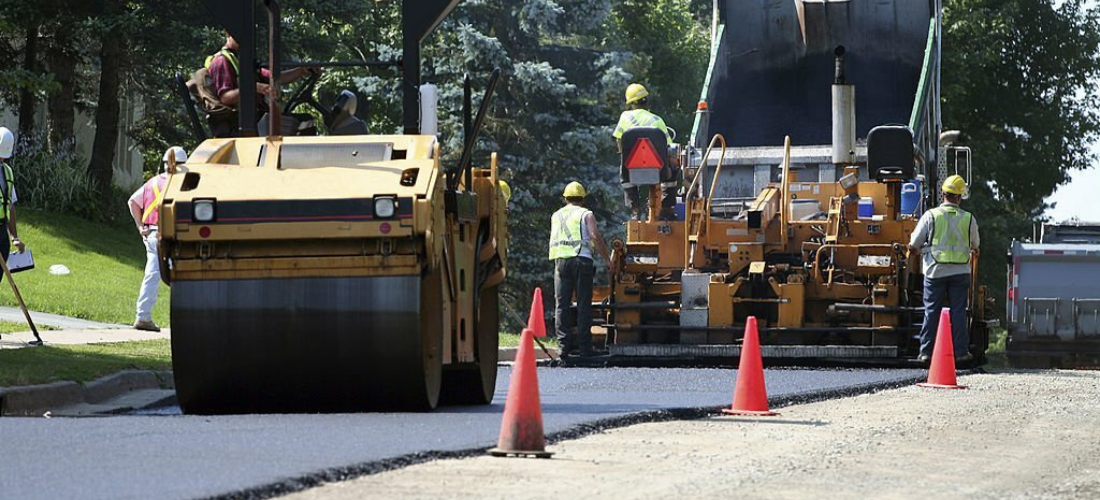Roads are the lifelines of modern societies, enabling the efficient transportation of people and goods. Bitumen, a versatile and widely used material, plays a pivotal role in the construction of durable and reliable road surfaces. In this comprehensive guide, we will delve into the world of bitumen road construction, understanding the materials and techniques that are vital for the creation of long-lasting and high-quality road infrastructure.
The Basics of Bitumen:
Bitumen, often referred to as asphalt or tar, is a sticky and highly viscous liquid or semi-solid form of petroleum. It is the primary binding material used in road construction. Bitumen’s advantageous properties include water resistance, adhesion, and flexibility, making it a perfect choice for road surfacing.
Materials Used in Bitumen Road Construction:
1. Aggregates: Aggregates, such as crushed stone, gravel, and sand, are mixed with bitumen to form the road surface. These materials provide strength, stability, and durability to the road.
2. Bitumen Binder: Bitumen serves as the glue that holds the aggregates together. It provides cohesiveness and ensures the road’s ability to withstand traffic loads and environmental conditions.
3. Filler Materials: Fillers, such as cement, lime, or fly ash, may be added to the bituminous mixture to improve its properties, especially in terms of strength and durability.
4. Anti-Stripping Agents: These chemicals are added to enhance the adhesion between bitumen and aggregates, reducing the risk of stripping or separation of the bitumen film.
Key Techniques in Bitumen Road Construction:
1. Road Design: The design of a bitumen road is a critical phase that considers factors like traffic load, climate, and soil conditions. Proper design ensures that the road will be capable of withstanding these factors.
2. Surface Preparation: Before laying the bitumen mixture, the existing road surface must be prepared. This involves removing old surfaces, ensuring proper drainage, and repairing any damaged areas.
3. Bitumen Mixing: The bituminous mixture, known as asphalt concrete or asphaltic concrete, is prepared in asphalt mixing plants. The mixture is created by blending the aggregates and bitumen binder in precise proportions.
4. Laying and Compaction: The hot bituminous mixture is transported to the construction site and laid on the prepared roadbed. Specialized machinery, such as pavers and rollers, is used to spread and compact the mixture to achieve the desired density and surface finish.
5. Sealing Joints: To prevent the intrusion of water and debris, joints and cracks in the road surface are sealed with bitumen-based materials.
6. Quality Control: Stringent quality control measures, such as regular testing for compaction, gradation, and thickness, are implemented throughout the construction process to ensure the road meets the required specifications.
Types of Bitumen Roads:
1. Hot-Mix Asphalt (HMA): HMA is a popular choice for bitumen road construction and is known for its strength and durability.
2. Warm-Mix Asphalt (WMA): WMA is an environmentally friendly alternative to HMA, as it requires lower production temperatures, reducing energy consumption and emissions.
3. Cold-Mix Asphalt: Cold-mix asphalt is used for temporary repairs and is suitable for lower traffic roads or patching.
Conclusion:
Bitumen road construction is a complex process that relies on the proper selection of materials and the application of precise techniques. The result is a network of high-quality roads that enable safe and efficient transportation. As the demand for road infrastructure continues to grow, the knowledge of bitumen road construction materials and techniques becomes increasingly important for ensuring the durability and longevity of our transportation networks.

